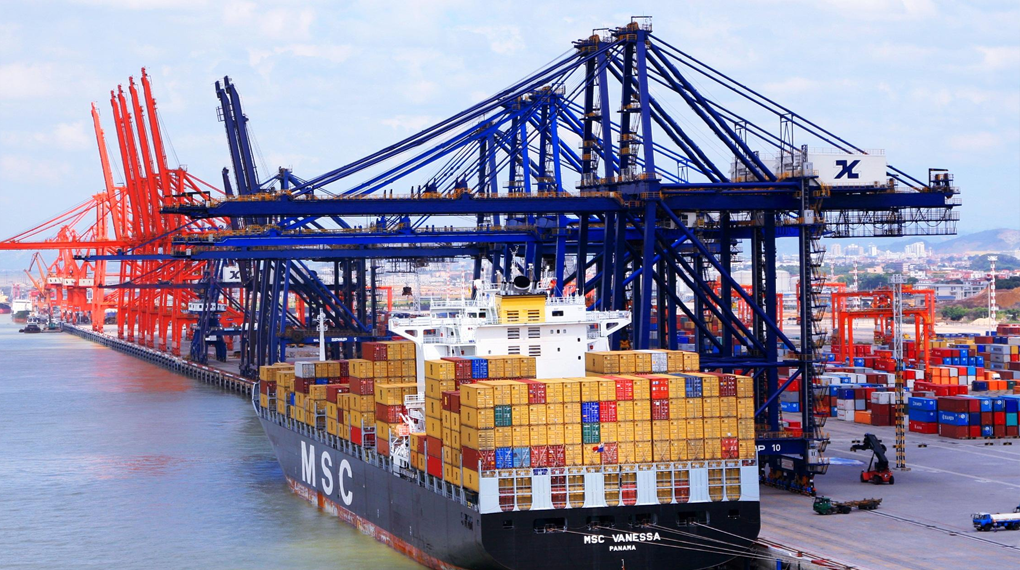
The main components and working principle of refrigerator
The main components and cooling principle of a refrigerator are key to its effective operation. Below is a brief introduction to these components and the working principle:
1. Compressor
The compressor is the “heart” of the refrigerator, responsible for compressing the refrigerant gas, and increasing its temperature and pressure before it enters the condenser. Common types include reciprocating and rotary compressors.
2. Condenser
The condenser cools the high-temperature, high-pressure gas, turning it into a liquid. Usually located at the back or bottom of the fridge, the condenser releases heat to the surrounding air.
3. Evaporator
The evaporator is inside the fridge and absorbs heat from the food. The low-pressure liquid refrigerant evaporates here, absorbing heat, and thus lowering the internal temperature of the refrigerator.
4. Expansion Valve/Capillary Tube
The expansion valve or capillary tube controls the flow of refrigerant, reducing the high-pressure liquid to a low-pressure liquid so it can absorb heat in the evaporator.
5. Refrigerant
Refrigerant is a substance that absorbs and releases heat through compression and expansion. Common refrigerants include Freon (CFCs, HCFCs), isobutane (R600a), and others.
6. Thermostat
The thermostat regulates the internal temperature of the fridge. When the set temperature is reached, the thermostat stops the compressor from working to prevent overcooling.
7. Fan (optional)
Some refrigerators have an internal fan to help circulate cool air inside, ensuring even temperature distribution.
Cooling Principle
The cooling principle of a refrigerator is based on the vapor compression cycle, which involves four main processes:
1. Compression
The compressor compresses the low-pressure refrigerant gas into a high-pressure, high-temperature gas, increasing its energy so it can release heat.
2. Condensation
The high-temperature, high-pressure refrigerant gas enters the condenser, where it cools and turns into a high-pressure liquid, releasing a large amount of heat, which is expelled to the external environment.
3. Expansion
The liquid refrigerant passes through the expansion valve or capillary tube, rapidly decreasing in pressure and becoming a low-pressure, low-temperature liquid, ready for evaporation.
4. Evaporation
The low-temperature, low-pressure liquid refrigerant flows into the evaporator, where it absorbs heat from the inside of the refrigerator, turning it into gas. This process lowers the internal temperature. The evaporated gas is then sucked back into the compressor to repeat the cycle.
Keywords:
Commercial Ice Maker, High-Efficiency Ice Machine, Restaurant Equipment Supplier.
